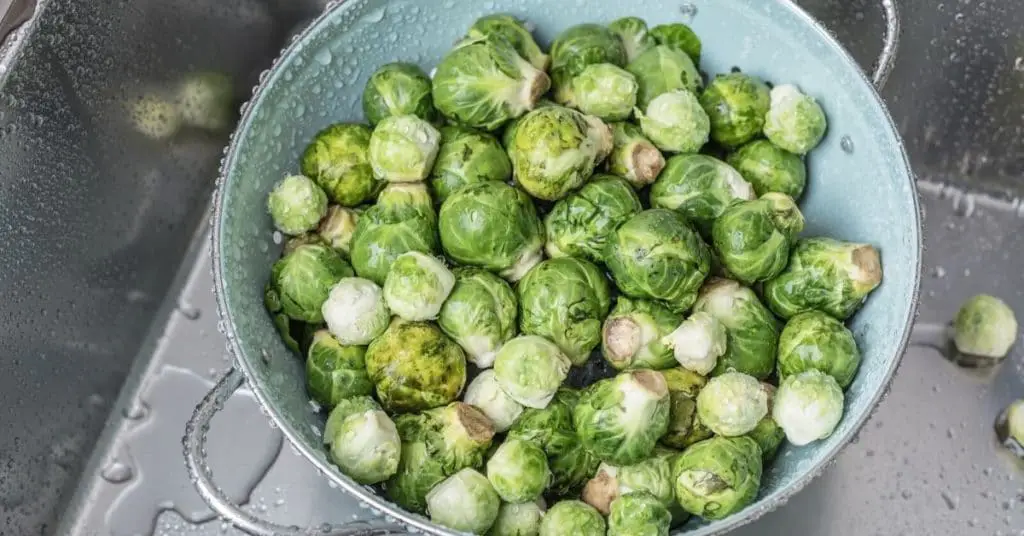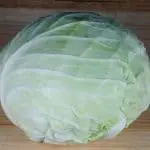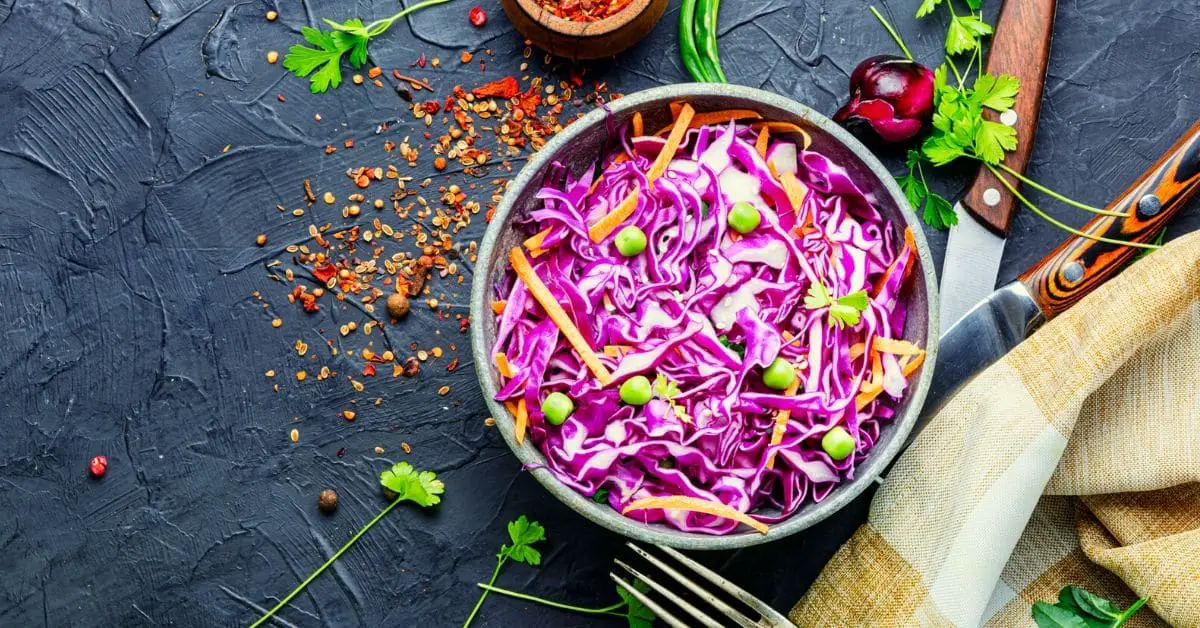Briefly, yes, you can freeze Brussels sprouts to preserve their quality, but it’s best to blanch them before freezing to maintain texture and color; unblanched frozen Brussels sprouts are still edible but may have reduced quality.
You either love them or hate them. These little green cabbage-like vegetables can be prepared in various ways to accompany the main meal or mixed into a salad. Raw or cooked, Brussels sprouts are a great vegetable for freezing to prolong its shelf life and prevent food waste.
Here is a full guide to freezing Brussel sprouts for the best preservation of taste, color, and texture.
Can Brussels Sprouts Be Frozen?
Yes. Freezing Brussels sprouts is a great way to preserve their quality for cooking and prolong their shelf life. The length of time you can keep Brussel sprouts frozen will largely depend on the way you prepare them before freezing.
As with most vegetables, it is best to blanch Brussel sprouts before freezing. Blanching Brussel sprouts is the process of pre-treating the vegetables in boiling water to stop the ripening enzymatic activity that eventually spoils the vegetables.
The naturally occurring enzymes will continue to function even when frozen, which will result in poor texture and a slightly bitter taste. In addition, blanching helps maintain the bright green color of a Brussel sprout and gets rid of any suspect insects.
Unblanched Brussel sprouts that have been frozen are still good to eat. The quality will just not be as vibrant as if they had been blanched prior to freezing, and they won’t last nearly as long.
How To Freeze Brussels Sprouts
Brussels sprouts are suitable to freeze cooked, raw, blanched, or unblanched. Follow the steps below to freeze Brussels sprouts while maintaining great quality.
Step 1: Wash
Wash the Brussel sprouts thoroughly to remove any sand, chemicals, or bugs. To ensure they are properly clean, you can soak them in salt or vinegar water. Fill a large bowl with cold water and add one tablespoon of salt or vinegar. Leave the Brussel sprouts in the water for a few minutes and rinse well.
Step 2: Sort and Clean
Remove any damaged or brown outer leaves from the Brussel sprouts and sort the heads into sizes—small, medium, and large.
Step 3: Blanch
Note: If you are freezing the Brussel sprouts without blanching them, you can skip this step and go straight to step 4. Keep in mind that you will need to use the Brussel sprouts within one month if you do not blanch them before freezing.
Bring a large pot of water to a rolling boil. While the water is heating up, fill a separate bowl with ice water, ensuring that it is very cold. Larger Brussel sprouts will take a little longer to blanch, so add them into the pot of boiling water first.
After they have cooked for one minute, add the medium ones to the pot. After another minute, add the small heads and boil for only 3 minutes more.
Immediately remove the Brussel sprouts by straining them through a colander and placing them straight into the ice water to stop the cooking process.
You do not want your Brussel sprouts to cook, the aim is just to kill the ripening enzymes for preservation purposes and immediately stop the cooking process by submerging them into ice water to cool completely.
Step 4: Dry
Once cooled, remove the blanched sprouts from the ice bath with a large slotted spoon and spread them out on a clean kitchen towel or cookie sheet.
Pat them dry with a clean kitchen towel if needed to remove as much moisture as possible. It’s important to get the sprouts dry completely. Excess water will form ice crystals on freezing causing textural damage to your frozen vegetables.
Optional: To prevent them from sticking together during the freezing process you can flash freeze the blanched sprouts. Once completely dry, lay them out on a rimmed baking sheet lined with parchment paper. Arrange the sprouts in a single layer so they don’t touch each other. Freeze for around two hours.
Step 5: Pack
If you decided to flash freeze the sprouts, remove them from the freezer. Pack them into resealable freezer bags. Press out as much air as possible and seal.
Tip: You may want to pack large sprouts in one freezer safe bag and small sprouts in another. This will help to keep the cooking time even once its time to prepare them since the required cooking or boiling time depends on the sprout size.
Step 6: Label and Freeze
Write the date of freezing on the packaging so you know how long the Brussel sprouts have been stored.
How To Thaw Frozen Brussels Sprouts
Frozen Brussel sprouts will defrost quickly at room temperature. Simply remove them from the freezer for 5 or 10 minutes before cooking to thaw.
Brussels sprouts that are dry, discolored, or have a tinge of yellow, may have developed freezer burn. These are best used in a stew, curry, casserole, or even soup as opposed to being eaten alone as a side dish.
Types of Brussels Sprouts
With the appearance of a mini cabbage, it is no surprise that Brussel sprouts are part of the cabbage family. The hard, green buds grow on a stalk and can be prepared by boiling, steaming, roasting, frying, grilling, or slow cooking.
With a fairly assertive flavor, these vegetables are commonly cooked with bacon, added to a stir-fry or casserole, topped with cheese, sautéed with olive oil or butter and pepper, deep-fried, roasted with lemon juice and garlic, or dressed with balsamic vinegar in a mixed salad.
Although mainly green, Brussel sprouts also come in a purple variety. The purple sprouts taste similar and are used in the same way as the green sprouts. If overcooked, Brussel sprouts will become mushy and develop a slightly gray coloring.
FAQs
Conclusion
Keeping your green veggies frozen will allow you to cook Brussel sprouts year round even when not in season. If blanched before freezing, they will last for up to a year in the freezer. Simply pull a few frozen sprouts from the freezer and toss them in with a casserole, stew, pasta, or soup. Brussels sprouts can also be pickled or cook them with bacon for a superb side dish.
Up Next: Can You Freeze Lettuce?
Image by depositphotos/KarepaStock









